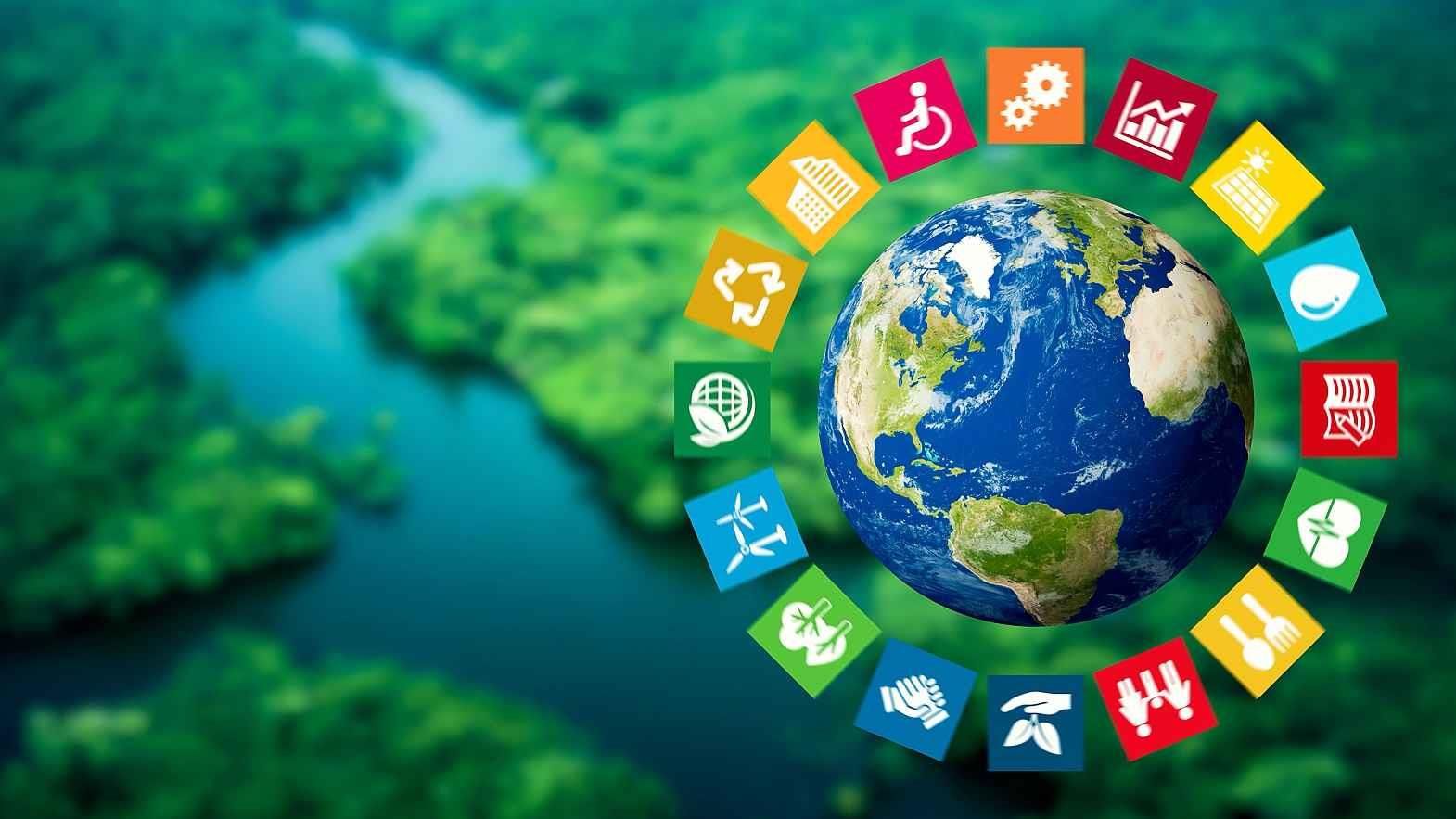The United Nations Sustainable Development Goals (SDGs) provide a blueprint for peace and prosperity, addressing global challenges such as poverty, inequality, climate change, environmental degradation, peace, and justice. Among the various sectors that play a crucial role in achieving these goals, the textile industry stands out due to its extensive global reach and significant environmental footprint. By adopting circularity principles, the textile industry can significantly contribute to the fulfilment of several SDGs.
Understanding the UN Sustainable Development Goals
The SDGs, established in 2015, consist of 17 interlinked goals designed to be a “blueprint to achieve a better and more sustainable future for all” by 2030. These goals encompass a broad range of social and economic development issues, aiming to end poverty, improve health and education, reduce inequality, spur economic growth, tackle climate change, and preserve oceans and forests.
Circularity in the Textile Industry
Circularity in the textile industry involves creating a system where resources are not merely consumed but are reused, recycled, and maintained for as long as possible. This approach contrasts with the traditional linear model of ‘take, make, dispose’ and presents an opportunity to address environmental issues while also contributing to economic growth and social welfare.
Contribution to Sustainable Development Goals
If the textile sector becomes more circular in nature, it will go a long way in achieving the following sustainable development goals:
SDG 6: Clean Water and Sanitation
Implementing Zero Liquid Discharge policies in textile value chains globally would ensure clean water and sanitation. Textile processing, particularly dyeing and chemical treatments, consume significant amounts of water. Here, Zero Liquid Discharge, which involves treating and recycling wastewater, can greatly reduce water pollution and scarcity issues.
SDG 8: Decent Work and Economic Growth
Fully utilising recyclable materials and ensuring zero wastage in the textile industry aligns with SDG 8. This goal emphasises promoting inclusive and sustainable economic growth, full and productive employment, and decent work for all. By adopting sustainable practices and respecting workers’ rights, the industry can create a responsible and ethical value chain.
SDG 11: Sustainable Cities and Communities
Sustainable practices in textile manufacturing contribute to building sustainable cities and communities. By making production processes more efficient and environmentally friendly, and minimising waste, the textile industry can support the development of communities that are environmentally conscious and sustainable.
SDG 12: Responsible Consumption and Production
Efforts like the European Union’s Extended Producer Responsibility (EPR) and the ‘polluters pay’ principle aim to make production processes more responsible. Raising awareness about the environmental impact of fast fashion and promoting sustainable alternatives can shift consumer behaviour towards more responsible consumption patterns.
The awareness programmes launched by different organisations and the government efforts to ensure that the consumers are more aware of the damage that their fast fashion demands are causing to the environment and educating the alternatives to discarding the clothes like donations or returning to the recycling posts, the availability of the greener alternatives of apparel and the certifications which ensure that the apparel is produced using environment friendly products, will ensure that the consumers will eventually shift to the practices of buying sustainable products and will refrain from discarding the garment straightaway.
SDG 13: Climate Action
The textile industry’s move towards circularity directly contributes to climate action. By reducing emissions and moving towards net-zero emissions, in line with the Paris Agreement’s 2050 target, the industry can play a significant role in combating climate change.
SDG 14: Life Below Water
Implementing zero-discharge policies in textile production can protect marine life and maintain ecological balance underwater. This is particularly vital in regions that are key to the textile value chain. It will also contribute to the conservation of reefs and underwater ecosystems.
SDG 15: Life on Land
Promoting organic agricultural practices for natural fibres used in textiles can help preserve life on land. This approach not only maintains ecosystems but also reduces risks to terrestrial life forms.
Conclusion
The textile industry, by embracing circularity, can significantly contribute to the achievement of multiple UN Sustainable Development Goals. This shift not only benefits the environment but also promotes economic growth and social well-being. It is imperative for stakeholders across the textile value chain to collaborate and innovate to transform the industry, making it a leading example in the global pursuit of a sustainable future. The journey towards circularity in textiles is not just an environmental or economic necessity; it is a moral imperative in the quest to achieve the ambitious and crucial objectives outlined by the UN SDGs.











Comments